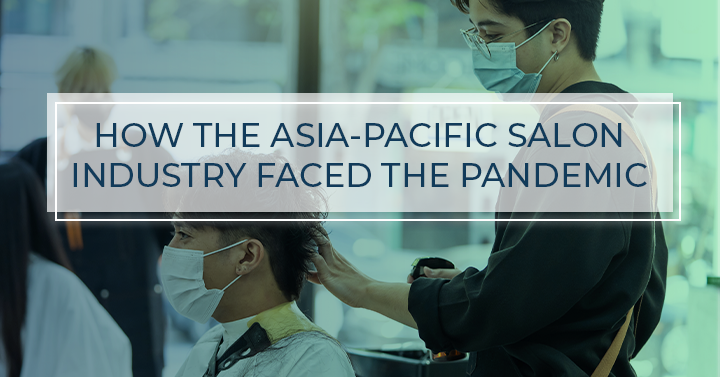As the pandemic continues to linger, the salon hair care industry in the Asia-Pacific region is rising to the challenge ― from expansion of e-commerce in China to fostering local salon brands in Australia. Here are some key developments that have taken place:
In North Asia, E-Commerce is on Fire
China has been the leader in e-commerce in North Asia, with strong growth in sales of salon hair care products over the last few years. The year 2020 made this growth even more robust, with professional product sales to consumers online increasing by almost 90%. Aside from the two biggest e-commerce platforms, Tmall and JD.com, local and international marketers expanded on other platforms such as Hema and Xiaohongshu (a social media and e-commerce platform). Kérastase has continued to gain a significant share in e-commerce, with China being the largest online market for the brand. In terms of local players, oba has been expanding on various e-commerce platforms as well.
Japan, the biggest market in Asia, remains conservative in terms of sales outside salons. Strong local marketers such as market leader Milbon remain cautious in their expansion outside the professional channel. Channel sales still showed a small percentage increase in 2020.
South Asia is Deep in the Red Zone
For years, India has witnessed exceptional global growth in terms of the salon hair care market, showing healthy double-digit increases year by year with a CAGR of 15% between 2015 and 2019. This growth completely flipped in 2020, as India became one of hardest hit salon hair care markets globally, experiencing a sudden decline with its market shrinking by a quarter. The same is true of Indonesia. Both markets have much in common, with a lack of structure or substantial government assistance to salons as key reasons behind such steep declines. Markets that did not suffer as much in 2020 are those that developed professional product sales through e-commerce. This cannot be said about India or Indonesia, where an online infrastructure hadn’t been developed extensively before the pandemic. In India, Indonesia, and Singapore, collectively, e-commerce accounts for only 1% of professional product sales.
Australia is Supporting Local Businesses
International border closures caused trouble for international players shipping their products from overseas into Australia. Stock shortages were common in 2020. This, along with “shop local” movements in the market, gave a strong advantage to some local players, especially NAK, whose sales increased by almost 20%.
To learn about the various dynamics behind the professional hair care industry in the Asia-Pacific markets, refer to our just-published Salon Hair Care Global Series report, a collection of in-depth reports of a record number of more than 30 markets. For each market, this comprehensive analysis will include industry size and growth, product trends, category snapshots, salon services and statistics, distribution channels, and marketing activities, all including forecasts to 2025.

